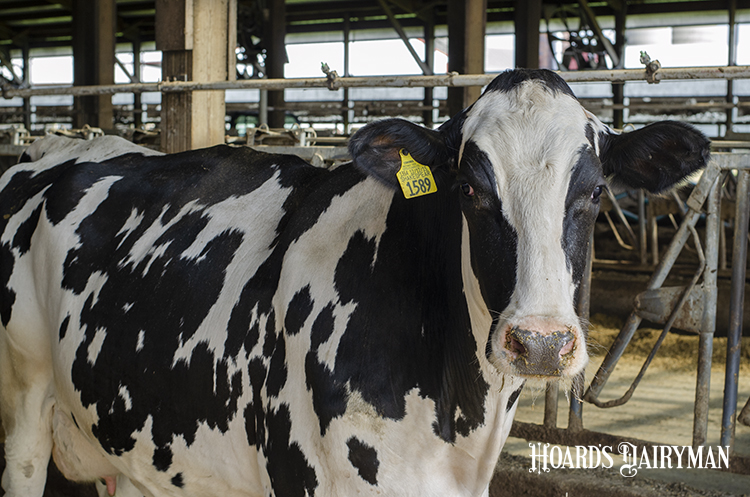
With good reason, many people get upset when I start answering a question saying, “It depends.” Generally speaking, people seek straight and simple answers. Whether the answer makes sense or not is another story.
This scenario is no stranger to what I have seen in class when discussing the impact of reproduction on economics. Students frequently want to know the economic benefit per percentage unit of pregnancy rate improvement. Knowing how complex the impact of reproduction is on economics, I am inclined to answer, “I don’t know, it depends.” Let’s examine how we might find a better answer.
The methodology
For my analysis, I considered three scenarios based on the Dairy Margin Coverage (DMC) Program from USDA.
• Scenario A (May 2020) has a very low milk price ($13.60 per hundredweight [cwt.]) and a relatively low feeding cost (9 cents per pound of dry matter).
• Scenario B (November 2020) has a very high milk price ($21.30 per cwt.) and a medium feeding cost (11 cents per pound of dry matter).
• Scenario C (August 2021) has a medium milk price ($17.70 per cwt.) and very high feeding cost (13 cents per pound of dry matter).
To determine the impact of reproduction on the economic net result, let’s turn to the Value of Reproductive Improvement tool from the University of Wisconsin-Madison.
Recognize starting point more than costs
To begin, let’s consider an improvement of the pregnancy rate from 21% to 24% and a calf value of $100 per head. The total net return if this was achieved was $21 per cow per year under Scenario A and $23 per cow per year under Scenarios B and C. From this first analysis, we can summarize that improving pregnancy rate by one percentage unit will increase the total net economic result by about $7 to $8 per cow per year.
When considering an improvement of the pregnancy rate from 18% to 21% and a calf value of $100 per head, the total net return for improving pregnancy rate was $26 per cow per year in Scenario A, $28 per cow per year in Scenario B, and $27 per cow per year in Scenario C. In this case, the impact was much more affected by the reproductive baseline (namely, the starting pregnancy rate) than by the milk price and the feeding costs. From this second analysis, we can summarize that improving pregnancy rate by one percentage unit will increase the total net economic result by about $8.70 to $9.30 per cow per year.
Not a clear-cut answer
In conclusion, the economic impact of improving reproduction depends on multiple variables, and the starting point of reproductive performance (namely, pregnancy rate) seems to be a major determinant of such impact. Still, for those who need and demand a reference value, $7 to $9.50 per cow per year per one percentage unit of pregnancy rate improvement seems to be a reasonable range to quantify the economic impact of the change.








